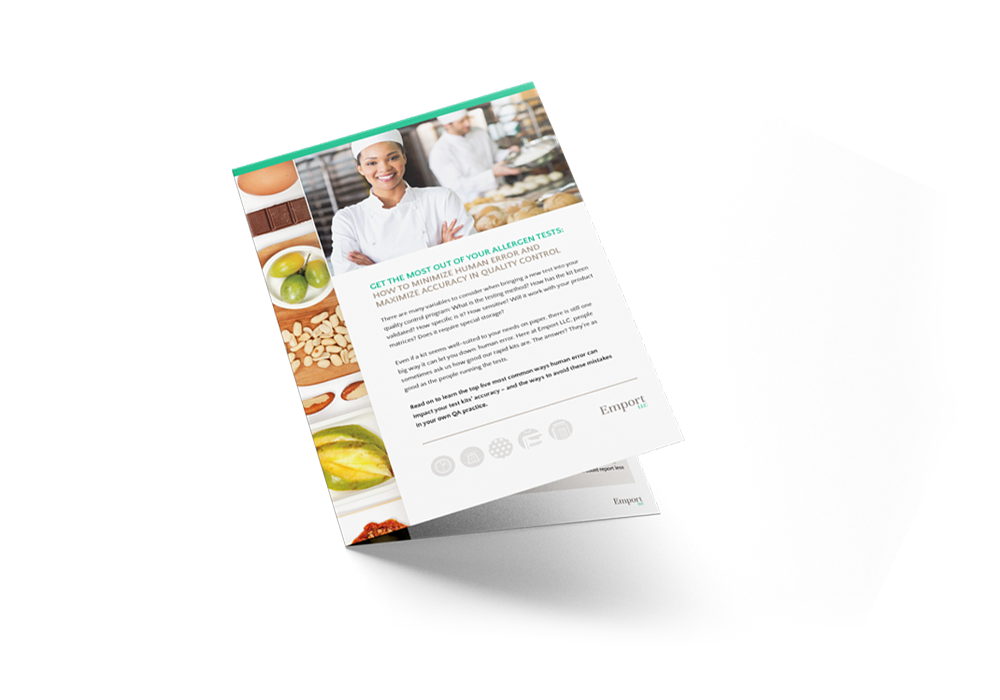 There’s been a lot of talk about the FDA’s hesitation in declaring a national standard for what can or can not be considered gluten-free. And it’s true: there’s still no clear indication of what “gluten-free” means when it’s on a label in the supermarket: does the manufacturer test their ingredients? Their final product? Are they careful with their facility?
There’s been a lot of talk about the FDA’s hesitation in declaring a national standard for what can or can not be considered gluten-free. And it’s true: there’s still no clear indication of what “gluten-free” means when it’s on a label in the supermarket: does the manufacturer test their ingredients? Their final product? Are they careful with their facility?
But an even-larger question is: what about foods that aren’t labeled gluten-free at all? If the ingredients listed are naturally gluten-free — but the package doesn’t make any gluten-free claims — is the food safe to eat for people who have celiac disease or are gluten sensitive?
Unfortunately there’s no easy answer, but a landmark study from 2010 is extremely illuminative. In the study, published in the Journal of the American Dietetic Association, 22 “inherently gluten-free grains, seeds, and flours not labeled gluten-free were purchased” and sent to one of the country’s best labs for gluten detection and analysis.
The test performed on these foods was the R5 sandwich ELISA, and samples were homogenized and tested in duplicate to lessen the risk of any hot spots of gluten in the samples giving atypical results. The foods purchased included, “white rice, brown rice, white rice flour, corn meal, polenta, buckwheat, buckwheat flour, amaranth flour, amaranth seed, flax seed, millet flour, millet grain, sorghum flour, and soy flour.”
So, were these foods gluten-free? Not nearly as gluten-free as we might like to think. Of the 22 samples, only 13 (59%) tested below the limit of quantification, which was 5ppm at that time. The other nine samples (41%) contained more than 5ppm of gluten, and seven of those nine (32% of the total samples tested) contained more than 20ppm of gluten — more than the FDA’s proposed limit and the Codex Alimentarius’ internationally-recognized standard for gluten-free labeling.
What does this mean for your average grocery shopper on a gluten-free diet?
Many unlabeled items found in your normal grocery store are going to be safe for celiac consumption, but many of them are not. Certified ingredients, while more costly, are going to be a safer bet. That extra cost isn’t just for show: it goes towards the manufacturer testing incoming ingredients for gluten (often with GlutenTox Pro or GlutenTox Sticks!), thoroughly cleaning production lines in between runs of gluten-containing and gluten-free foods, and having third party analysis and inspection to ensure compliance with the certifying organization’s rules and regulations. In short: the money goes to keeping you safe if your gluten-free diet is a medically necessary one.
And what if there is no certified gluten-free option for the food you’re buying? Or what if you’re sensitive below 10ppm (the threshold most gluten-free certification organizations test to)? GlutenTox Home can be a great solution for foods, drinks or cosmetic / personal care products that might contain trace amounts of gluten. You can use the test kit to detect cross-contamination from wheat, barley, rye and even oats — and because you can adjust the test’s threshold down to 5ppm or 20ppm, the test is helpful for even very supersensitive celiacs.
Have you used GlutenTox Home to test any non-certified items and found hidden gluten? Tell us about it!


